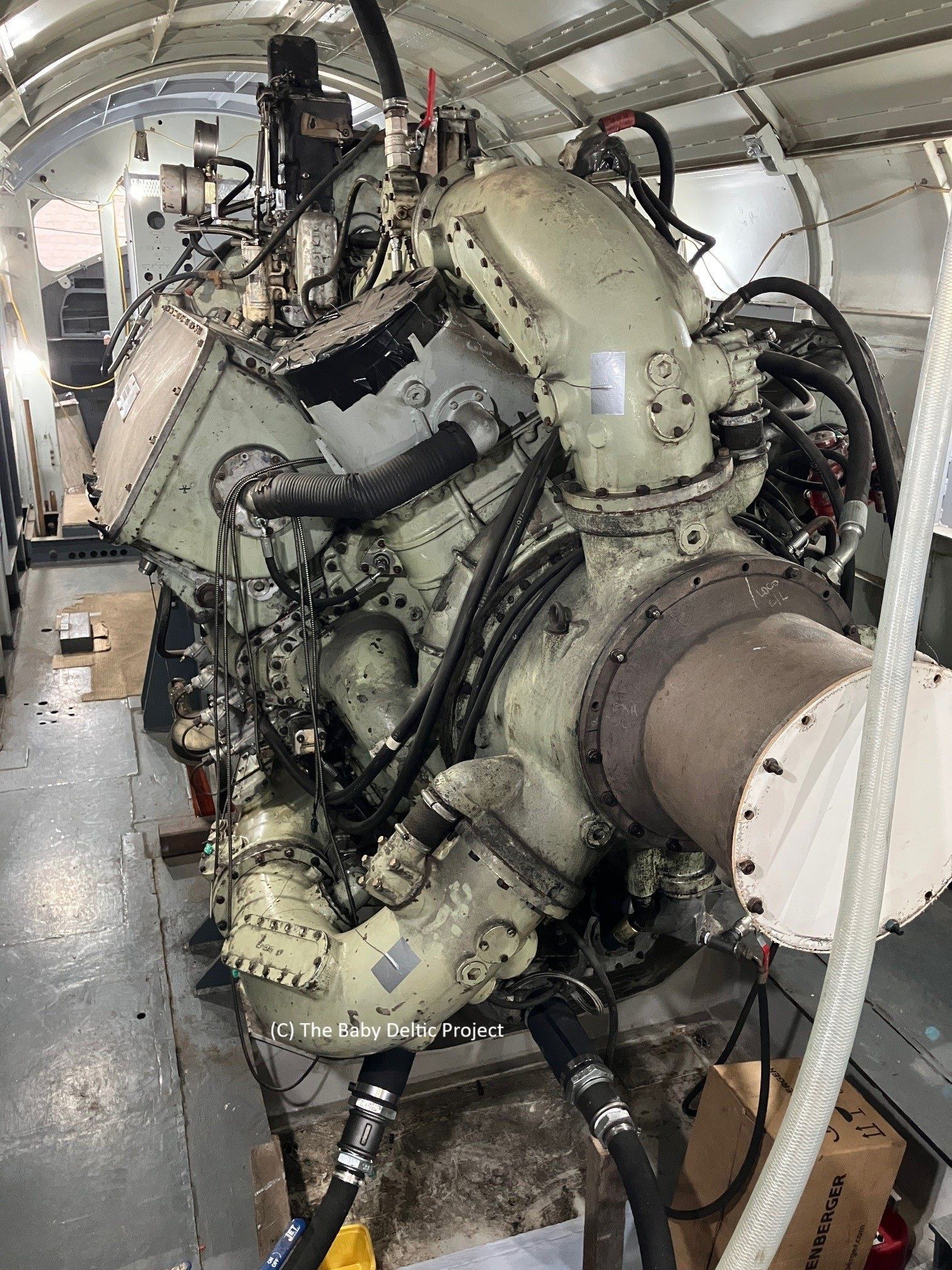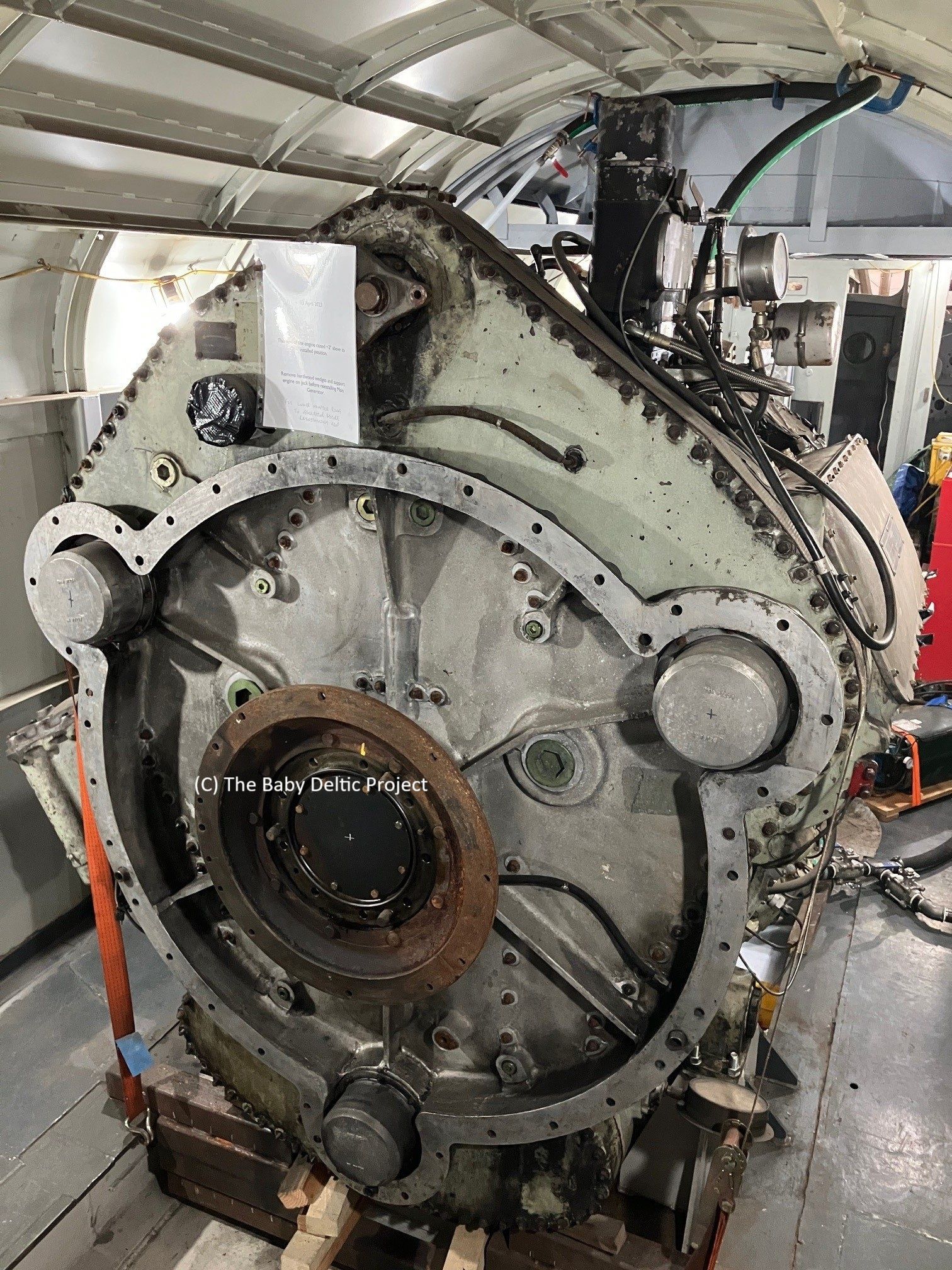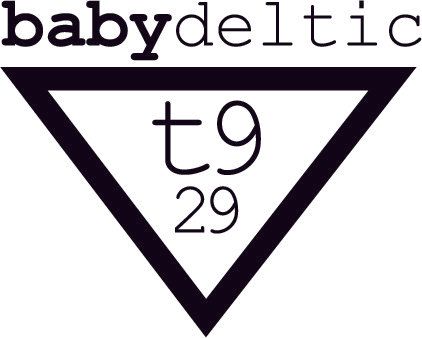News, 18 April 2025
News, 18 April 2025
There has been good progress this week but none of it is photogenic. Instead here are two photos of the reason why this project is being undertaken.
25, or so, years ago we 'found' this engine in a five-plank wagon in a yard at the National Railway Museum. We bought the engine and moved it to storage, first at Paxmans (Colchester) and then at Barrow Hill (Chesterfield). In time we stripped the engine, repaired and refurbished it where necessary and returned it to a running condition. Without this background time, expense and work there would have been no Baby Deltic Project. One of our most frequently asked questions is "have you got an engine for it"? Yes, yes we have and here it is.
We bought a donor loco and set about converting it so as to replicate, so far as is practical, a Baby Deltic locomotive. We have spent an enormous amount of time, energy and money to get where we are today - the loco looks like a Baby Deltic, the bulk of the conversion work is complete and we're very close to the point at which we're going to have to commit to buying cable and pipework. Cable is copper and pipework is copper.
One of the best ways in which you can help us move towards completion is by making a regular donation by standing order. In January we launched our D5910 Lottery whereby a regular donation of £10 (or more) gets an entry to a monthly draw to win up to £250. Lots of people have joined us but we still have a few entries left - why not consider helping us and making yourself (a little bit!) rich in the process. Click the link for more information.
Seen below is the unique T9-29 Napier Deltic mounted in the loco. 16 engines of this type were built, they were given the serial numbers 363, 370 - 380, 385 - 388. This is 388 so it was the last one built and is the only survivor. Other 9-cylinder Deltic engines exist but they are not rail traction engines. At the risk of over-egging this pudding, this is unique.
The picture shows the free end of the engine the slightly rusty large-bore pipe is the exhaust outlet and the two green elbows which go into it are from A bank (left) and B bank (top), C bank is unseen - hidden by the turbo. Yes, it is a turbo not a scavenge-blower. It is a gear-driven turbo. Two shafts from the other end of the engine drive a speed-increasing gearbox and then the turbo, as the engine speeds up and the exhaust temperature increases an impellor relieves the load on the drive shafts and takes over the drive of the turbo.
Also seen is the air intake (centre of the picture, with the top covered in tank tape), the engine governor (top of the picture, painted black) and various external pipes for coolant and fuel.

The other end of the engine is dominated by the phasing case. This gearbox brings together the outputs from the three crankshafts (behind the three 'top-hat' covers) to a common output flange (centre of the photo, round and rust coloured). Gears in the phasing case also drive the Auxiliary Generator (top flange, partially hidden by the laminated page stuck to it), the two oil pumps, the governor and the engine overspeed and underspeed trips.
The only reason that this photo is possible is that the Main and Auxiliary Generators are away for overhaul at the moment.
Overhauling things is expensive, did we mention that.....?

